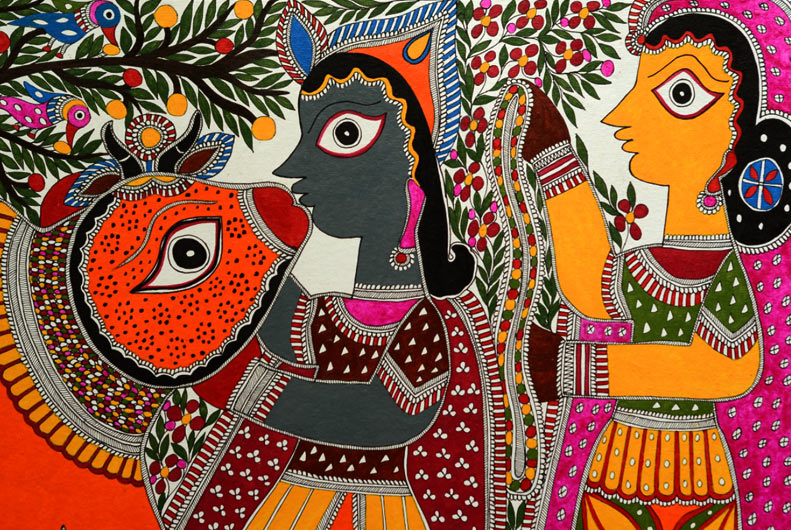Deanna
Miller
Humanities
101
Film
Critique
Moonrise Kingdom
Moonrise
Kingdom a coming-of-age film directed by Wes Anderson and released in 2012. The
film tells the story of two love-stuck teens and their journey to be together
through all sorts of trial and tribulations while at summer camp. This film
features the distinctive cinematic style of director Wes Anderson. I would like
to discuss Wes Anderson’s film making style and in particular his use of
symmetry and space within each frame. Wes Anderson breaks the rule of thirds
that is commonly taught in art and instead chooses to use symmetry to define
his shots. This makes his cinematic style very different from other directors.
Moonrise
Kingdom tells the love story of Sam Shakusky and Suzy Bishop, both young teens
who find themselves in love with each other and run away to be with each other.
This creates problems within the small New England island town in the summer of
1965. The small police force of the island, Suzy’s family and the Khaki Scouts
all set out to search for the couple. While they are eventually found problems
continue to ensue for the star-crossed lovers.
The intent
of this film is both for entertainment and to create an artistic statement. Wes
Anderson made this movie with the intent to both make a profit and to display
is particular cinematic style. Moonrise Kingdom raked in a total of $68 million
in total sales (IMDb).
While this number is nothing to laugh at I believe this
movie was more of an artistic statement by Anderson. He has made numerous
movies over his career, all with his very unique style. Moonrise Kingdom is
another testament to his stylization of film-making.
The most
striking thing about Wes Anderson’s film work is his use of symmetry within
each frame. His film work seems to have been done with the utmost precision.
Each frame seems to have been carefully planned. Wes Anderson seems to love to
zoom into or zoom away from the subjects from a centered location. Panning
shots are also quite popular in Anderson’s films. The camera will follow the
subject while the subject is walking. The camera will stay focused on the
subject while the subject interacts with others. This tracking is a main
characteristic of his films.
The horizontal plane is also very
important to the character of his films. The horizon in the background almost
always forms a 90° with the subject. Right angles create a geometry that works
well with the symmetry of his shots. His subjects are almost always centered
within the frame and also framed by something like an arch or a window. (Wes Anderson
Centered Comments Section) Wes Anderson’s
meticulous attention to each frame makes it so that you could pause the film
and each frame would be like a photograph. Wes Anderson had this to say about
his style: “I have a way of filming things and staging them and designing sets.
There were times when I thought I should change my approach, but in fact, this
is what I like to do. It's sort of like my handwriting as a movie director. And
somewhere along the way, I think I've made the decision: I'm going to write in
my own handwriting. That's just sort of my way.” – Wes Anderson. The rule of
thirds proposes that an image should be imagined as divided into nine equal
parts by two equally spaced horizontal lines and two equally spaced vertical
lines, and that important compositional elements should be placed along these
lines or their intersections. (Rowse) This rule is most
certainly broken in Anderson’s excessive use of symmetry.
Another unique characteristic is his
use of colors in Moonrise Kingdom. The sky is perpetually blue and the grass
always green. His color pallet is abnormally warm. Reds appear redder and
yellows even brighter. You will see very few greys or blacks and whites. These
color choices make the film Moonrise Kingdom appear old fashioned, like a
1970’s movie but with better resolution. In my opinion this also creates a
storybook-like feel to Moonrise Kingdom. (Kogonada.com)
Something should also be said of the
humor of Wes Anderson’s films. In Moonrise Kingdom the humor is very dry and
sarcastic. This is another common characteristic among his films. There is
always a sort of crazy, unbelievable scenario going on in his films and the main
characters must overcome great obstacles. The jokes are often very subtle and
you might not pick up on them right away.
In conclusion Moonrise Kingdom is a
great example of the filmmaking style of Wes Anderson. He completely ignores
the common rule of thirds found in art and instead creates centered shots with
subjects that are framed within a shot. His use of space is unique in that
Anderson is not afraid of leaving large spaces unoccupied. His creates a photo
like quality to his frames and so his films are all the more stunning because
of it. Moonrise Kingdom is a great movie for someone looking to study film.
Anderson is a consistent director, you can spot a Wes Anderson film from a mile
away after seeing just one.
Works Cited
IMDb. Moonrise Kingdom. 2012. 15 April 2016.
Kogonada.com. Wes Anderson Centered. 17 March 2014.
Short Film.
Moonrise Kingdom. Dir.
Wes Anderson. 2012. DVD.
Rowse, Darren. Rule of Thirds. 2015. 15 April 2016.
Wes Anderson Centered Comments Section. December 2015. Web Forum. 15 April 2016.






